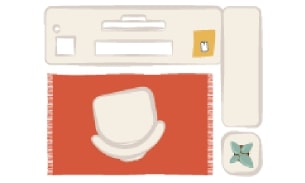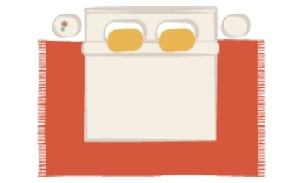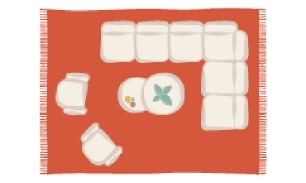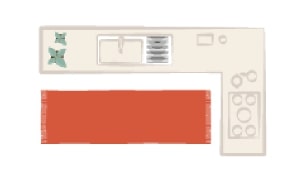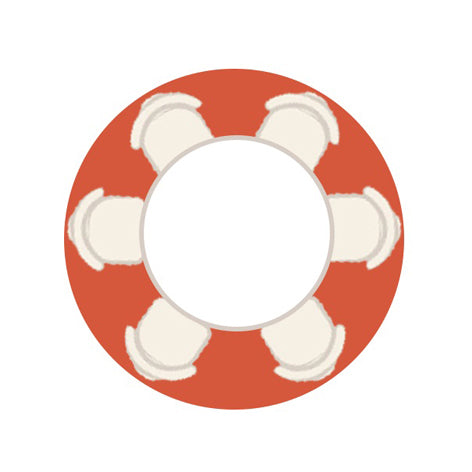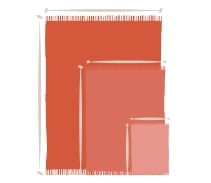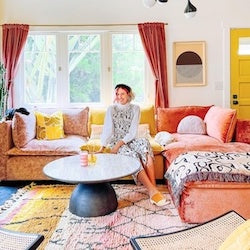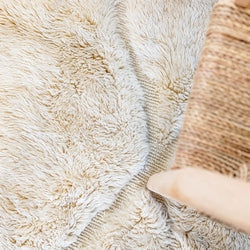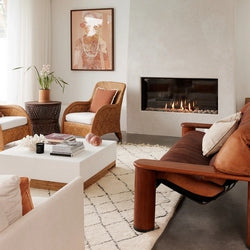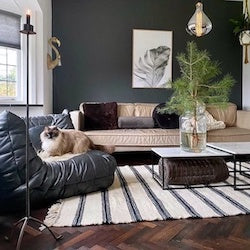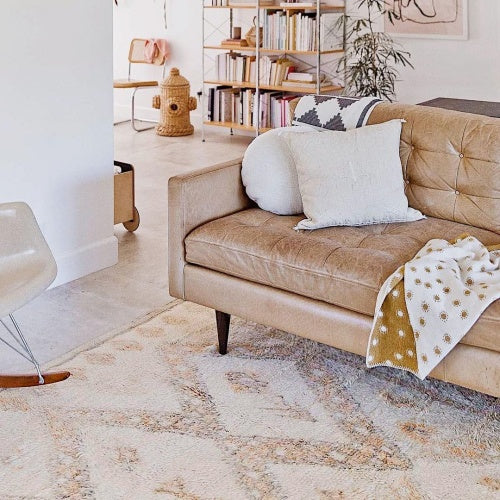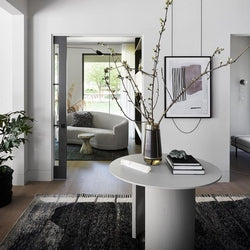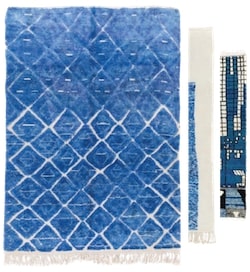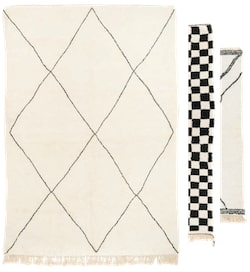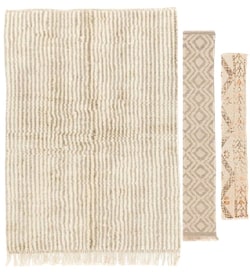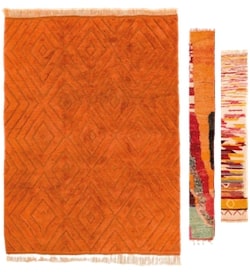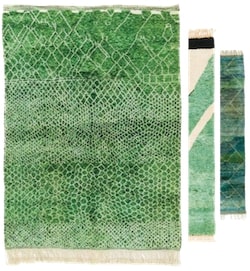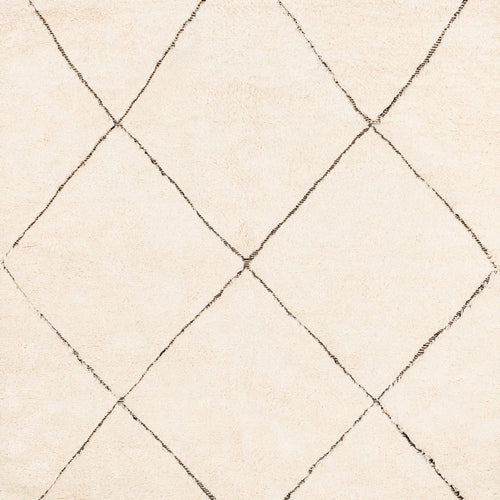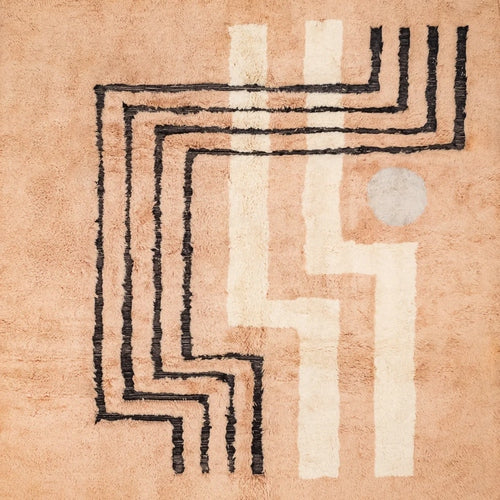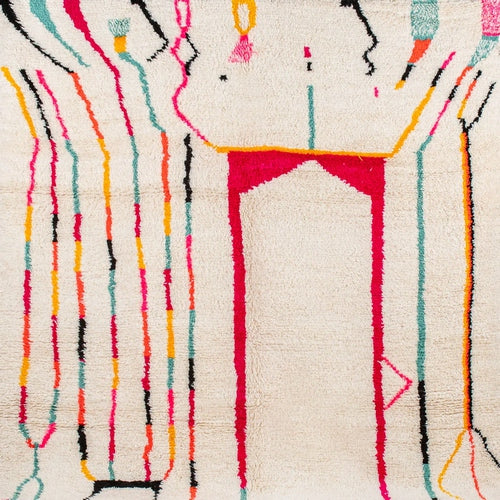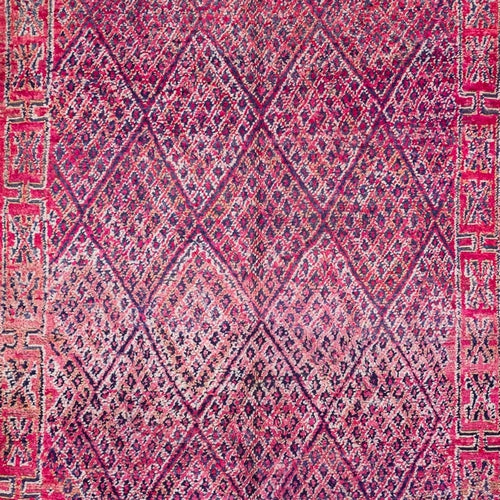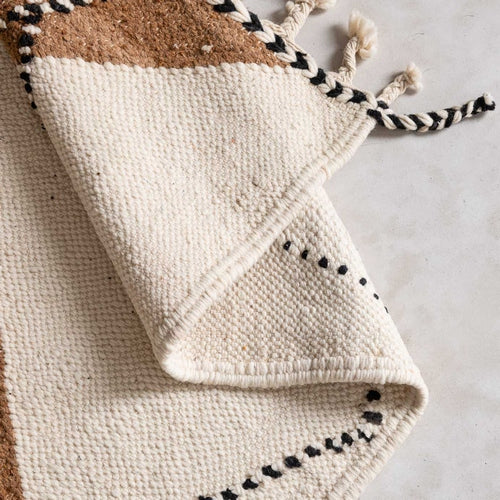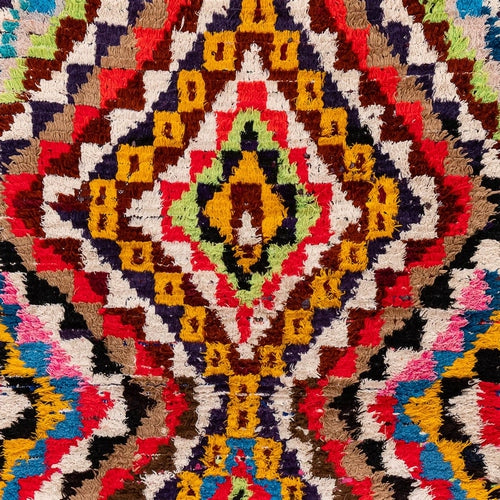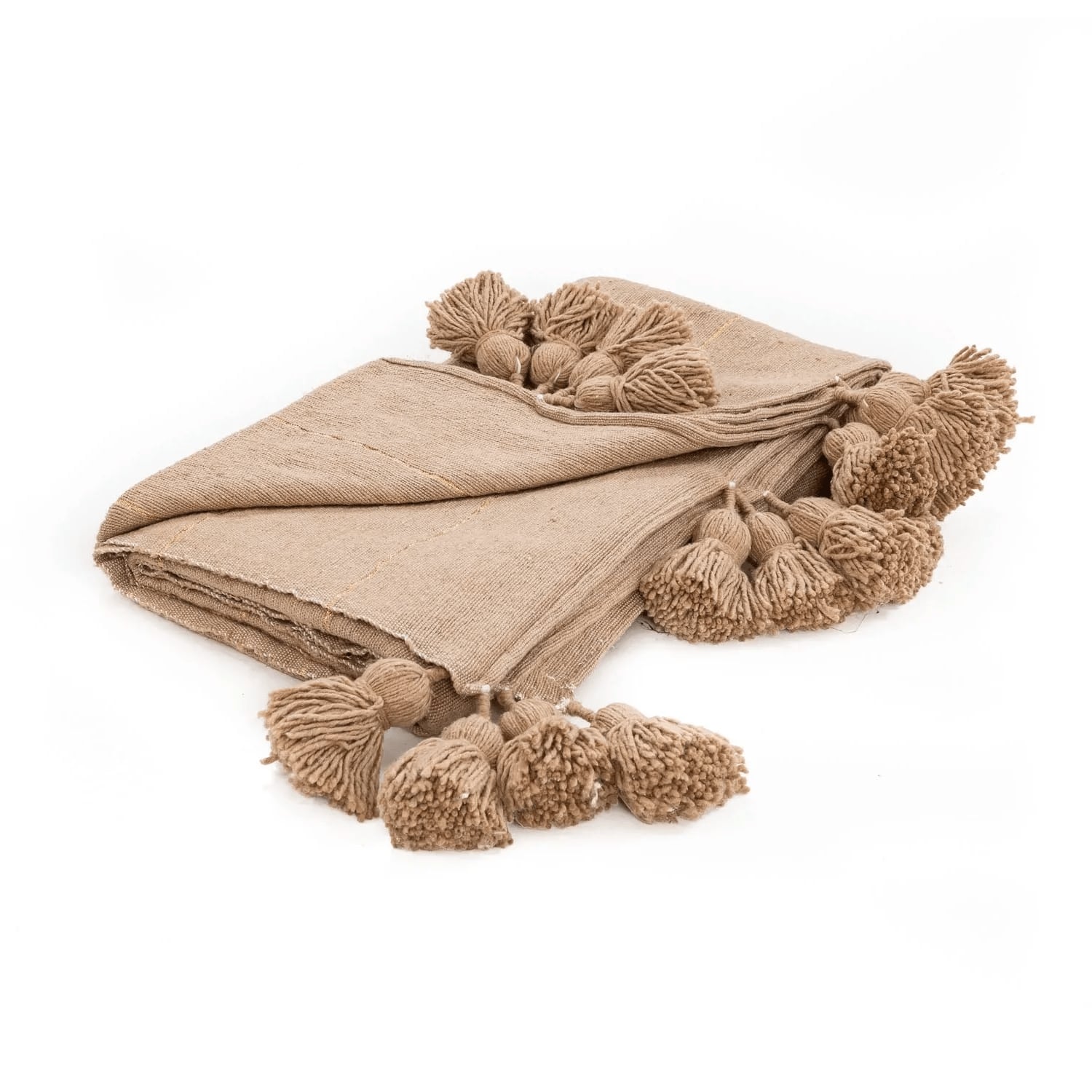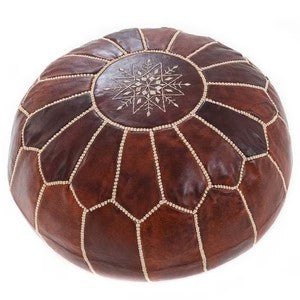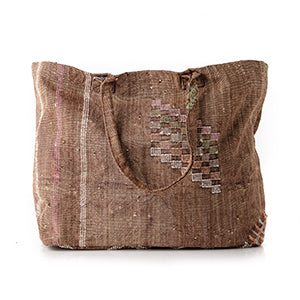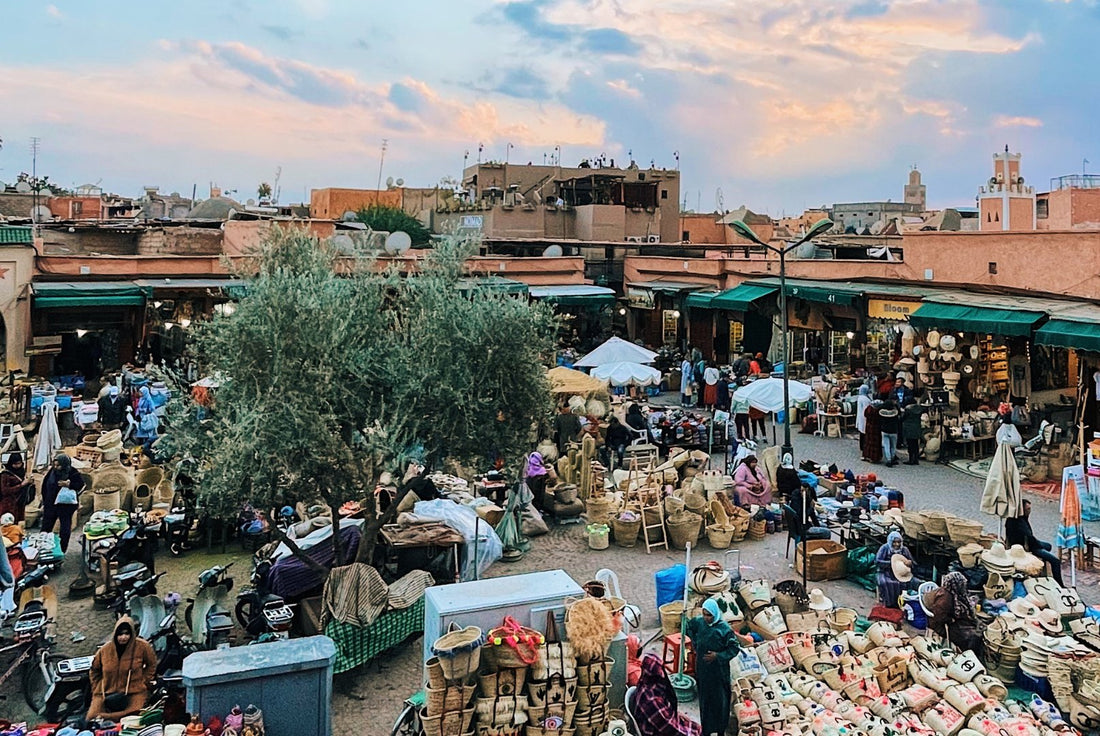Forget the mounted Warthog head or hotel plunder, my ultimate travel trophies are the multiple handmade Moroccan Rugs in my home. The weaving together of the exoticism of exploring majestic Moroccan Souks with a mixing of age-old skill and sheer copious effort to find the perfect rug among an alluring Aladdin’s cave of treasures and distractions, and finally agreeing the bargain price to become the owner of a treasured rug is a rare thrill. However, like most alluring things, getting a good Moroccan Rug is not easy and far too many travelers find that, instead of returning home with a length of Rug-tastic Magic in their luggage – they instead have been taken for a ride on the age-old ride of Souk-coaster.

There are two main schools of thought about buying Moroccan Rugs. The first, found in many guidebooks, holds that casual rug buyers will inevitably get ripped off given the great economic disparity between the West and the Rug-making rest. Here, the tourist can dedicate great resource to going to a market afar to find a wondrous rug – and so what is a few extra dollars to the salesperson? The damage will be slight, and perhaps even justified in some kind of post-colonial makeup… The second sees the process as a duel between the buyer and rug dealer, a tough fight to get the right price. And while both have strands of reality in them, both are wrong.
My golden rule is to avoid the carpet boutiques of the big cities – leave those to those willing to pay the premium and instead head for the source. In Morocco, spurn Marrakesh for nearby market village of Azrou and abandon Fes, thick with carpet gold as it is, for the less imperial city of Meknes where the bargains are to be found.

I doubted I would ever leave the labyrinthine medina in the West of Mekenes, the base of the great, and bloodthirsty 17th century Sultan Moulay Ismail. I thought I wouldn’t survive the fraught, hours long bargaining sessions in the carpet souk, a tedious process of comparing prices, haggling hard and then going to the next trader with the latest price information, each time gleaning more knowledge about the rugs and each time, getting the price lower. But survive I did, and I felt triumphantly that I had secured a majestic carpet for far less than what it was worth (although, the grins on the face of the trader and his protégé son as we sealed the deal did suggest perhaps rather more than less).
“Knowledge is power”, writes Janice Herbert in her guide for buying rugs. Many amateurs fall foul of knowing what they are looking at, and end up with a machine-made carpet, the antithesis of the pre-industrial world where True Moroccan Tribal rugs are made.
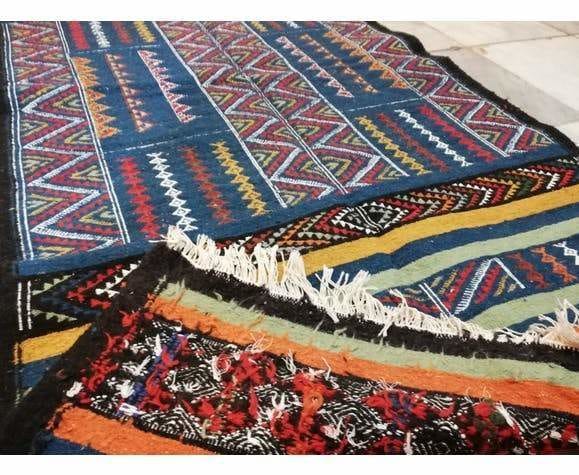
The Knot Count
A Moroccan rug is one of natural fibres (usually sheep wool) that has been hand-knotted or handwoven on a loom. The truth is under the carpet – turn it over. The knots on a machine-made carpet will be suspiciously uniform. The knot count is often a good, although not infallible, determinant of quality. A good rule of thumb with traditional rugs is to look for at least 120, or more, knots per square inch.
The colour
How do you tell the difference between machine dyes and natural dyes? Natural dyes should be as bright and rich in colour as a bunch of flowers – there shouldn’t be any particular colour fighting for attention. Avoid “hot” colours. If a red is “hot as a tomato”, it’s probably machine dyed. If it’s “red as a tulip”, it will be a vegetable dye colour. Bright Oranges and hot pinks are definitely chemical dyes, and while this is a feature of the Boucherouite Rug which is made from machine dyed rags, it is not a feature of older or traditional Moroccan Rugs. Finally, bend the carpet to expose the individual threats from base to tip. Synthetic dyes will colour them evenly while natural ones will display variance.

The fibre
A Berber tradition is to singe the edges of a newly made rug, to make it unattractive to evil spirits and drive them away. However, burning the edges of the rug will also indicate the materials it is made from. Silk and wool smoulder, whereas their substitutes will catch alight. In the less touristy places, asking to burn the edge of the rug will make the trader believe you are other than a rug buying novice, but in the tourist hotspots some dealers are so used to this request they practically whip out the matches before you even cross their door.
How to haggle
Much is made in Moroccan culture about building relationships and a dealer will often invite you to a cup of Mint tea, to only then hurtle “You’re insulting me” at you, the carpet dealers ubiquitous refrain that still bamboozles many Westerners into a bad guy. Don’t take it personally. It’s often all just an act, to be viewed with an almost clinical detachment. The dealer may just be simply trying to exploit your embarrassment to his advantage – so turn the tables. “No, you’re insulting me!”. You will be one step closer to getting the object of your desire.

Buying online
There are other ways to reliably buy Moroccan Rugs without the travel and effort. Some Moroccan Rug Co-operatives have decided to cut out the various middlemen who buy and sell rugs, and sell their rugs online. Our favourite store is Benisouk who offer authentic, high quality tribal rugs at a very reasonable price, who can deliver it to your door. Their website is full of timeless Moroccan classics – and even if you plan to buy in person, it will be a good bit of research to look through Benisouk to get an idea of what you will be looking for.

